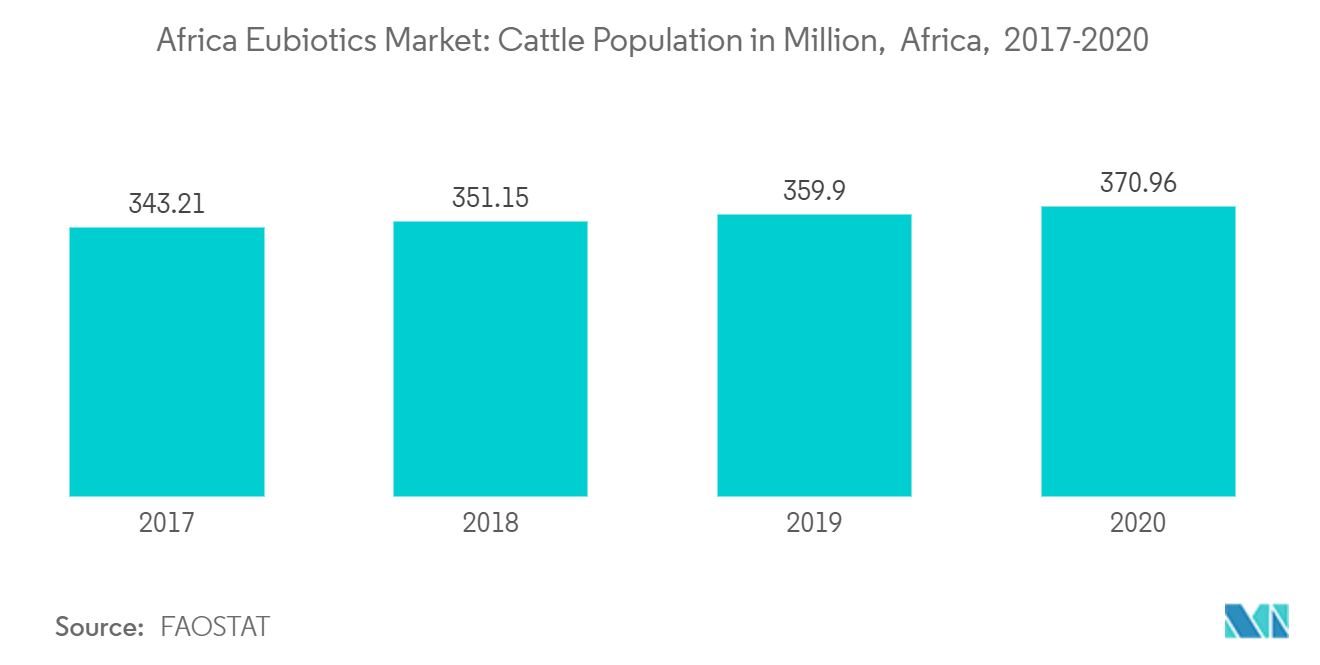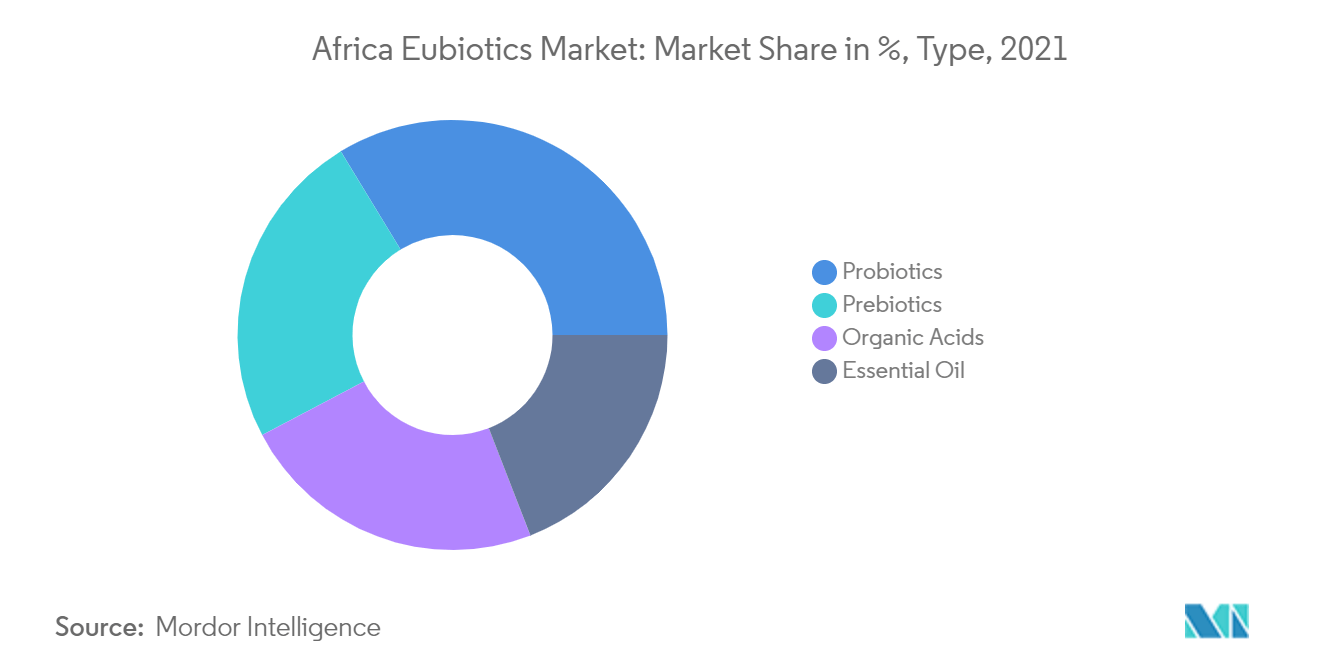Market Trends of Africa Eubiotics Industry
This section covers the major market trends shaping the Africa Eubiotics Market according to our research experts:
Increasing Industrialization of Livestock
Although the livestock industry in African countries is far behind compared to that in developed nations such as the United States in terms of industrialization, the rate of adaptation of commercial livestock production systems in these countries has been remarkable in recent years. For instance, according to the report 'Africa Sustainable Livestock 2050,' published by the Food and Agriculture Organization (FAO) in 2018, the organized poultry sector in Nigeria produces 21% of the total chicken output in the country. Similarly, in Zimbabwe, large-scale producers provided 2,600-3,000 ton of chicken per month to the organized market. Thus, the significant contribution of the organized sector to the livestock production in these countries implies the increasing industrialization of livestock in the region. Eubiotics play an important role by escalating the growth of animals using many additives. Usage of various eubiotics, like probiotics, has played a decisive role in the development of intensive and industrialized livestock production during the recent decade. Eubiotics have gained popularity as a cost-effective solution for the better and timely growth of animals and livestock. Lower production cost in the case of animal rearing leads to lower market prices and a more plentiful supply of food commodities. The use of eubiotics gives the ability to control and manipulate production to the level of human food demand. Thus, the rising industrialization of livestock production in the region is anticipated to drive the eubiotics market during the forecast period.

Probiotics Dominate the Market
The demand for meat and other animal proteins is rising in the region in line with the increasing population. Furthermore, the Gross National Income (GNI) per capita was recorded at USD 1,561.9 in 2019, an increase from the USD 1,491.1 recorded in 2017. Thus, living standards are also rising in the region in line with the increasing income. This has resulted in higher demand for high protein foods of animal origin, such as meat, milk, and eggs. Therefore, the livestock industry in the region is under pressure to increase productivity in order to meet the growing demand for animal products among consumers. Probiotics give the ability to control and manipulate animal production in line with the increasing demand. Lactobacillus is one of the most commonly used probiotic agents known to improve growth performance, feed conversion efficiency, and regulate the immune system in pigs. Further, the latest research has shown that a specific Bacillus subtilis strain can reduce inflammatory responses and improve intestinal barrier integrity. This would aid the inclusion of probiotics in feed in order to promote gut health and, therefore, animal performance.
The lactobacilli strains have a positive effect on the growth performance of broilers. Chickens supplemented with lactobacillus probiotics during the first week of their birth have shown higher body weight in Ethiopia. The results showed that there was a significant body weight gain in all probiotic-fed groups of chickens.
Thus, the increasing demand for animal protein sources, such as meat, milk, and eggs, is putting the onus on the livestock industry to increase production to match the consumer demand. Therefore, the growing demand for animal protein sources in the region resulting from the increasing population and rising living standards is anticipated to drive the market over the forecast period.


